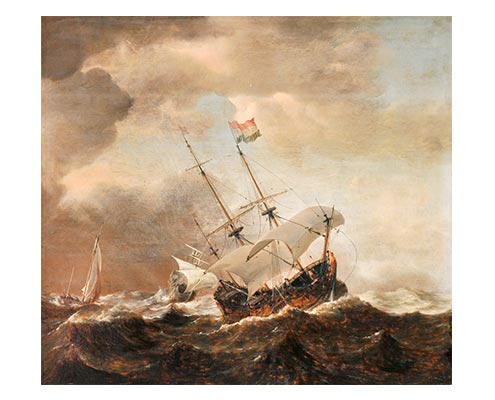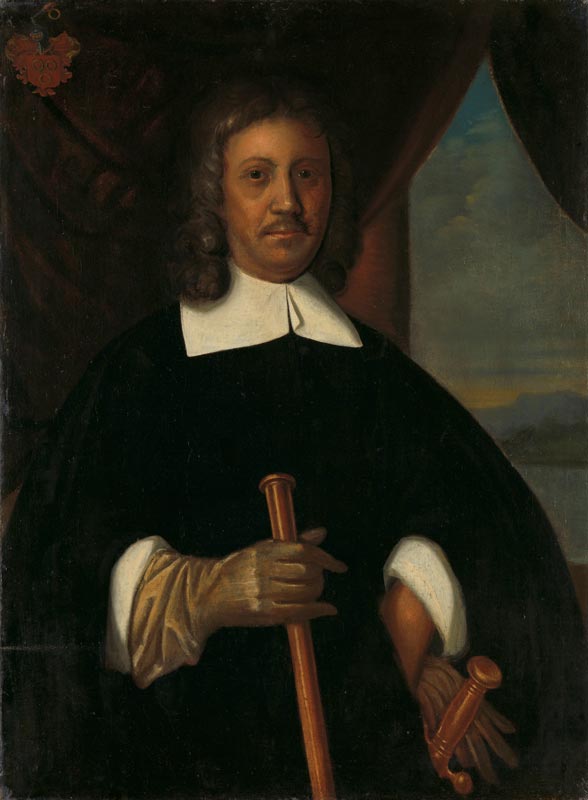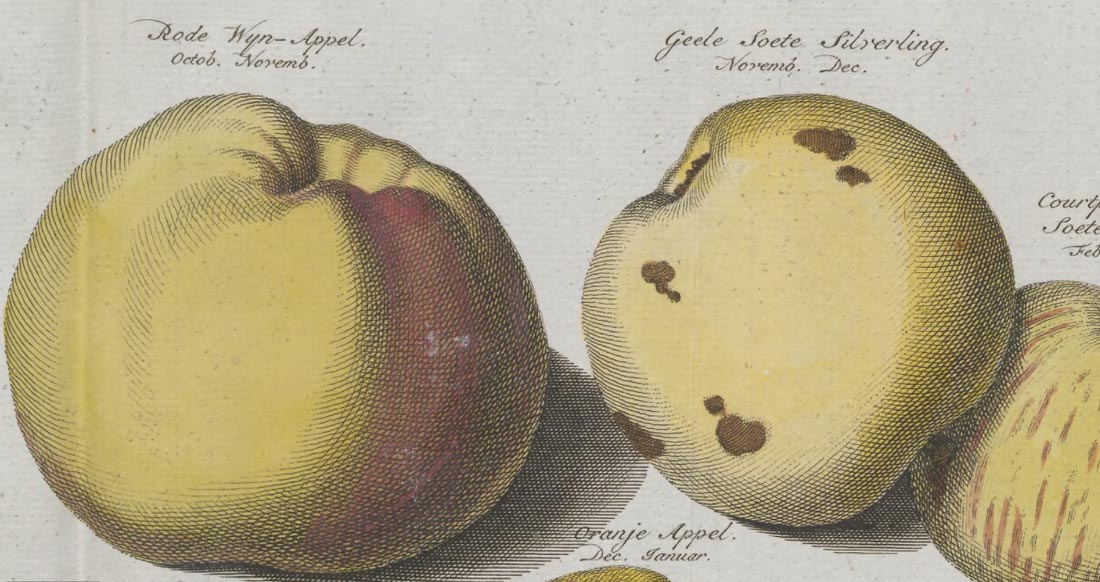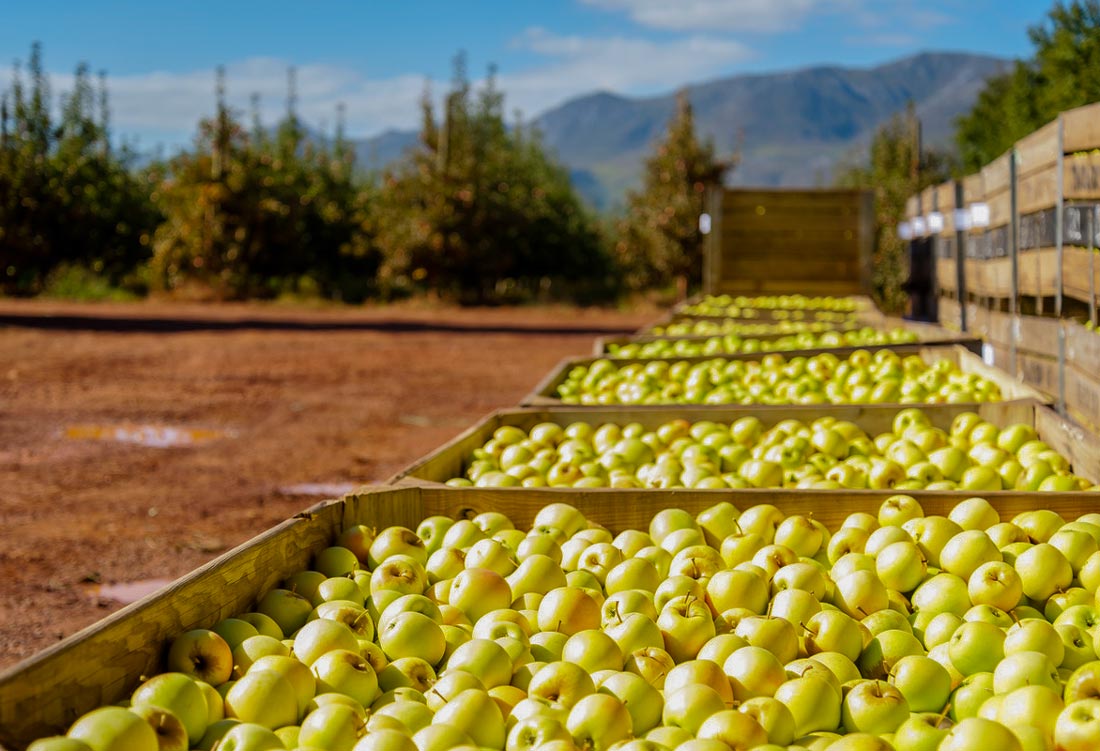Ships, Hope & Plenty
The apples of good hope, sustaining seventeenth century sailors on their long voyages across the world
In 1652 in ‘A Designe for Plentie by an Universall Planting of Fruit-Trees’, Samuel Hartlib proposed a law in England requiring fruit trees be planted across the country to provide “wholesome fruit” for the poor and hungry. Hartlib’s idea for plenty was not adopted in post-Civil War England, but six thousand miles to the south, the Dutch East India Company (VOC) was putting something similar into action.
Three ships arrived on the southern tip of Africa in April 1652 after a three-month voyage from the Netherlands, carrying nearly 200 men and women, and a store of seeds. Commander Jan van Riebeeck (1619-1677) had VOC orders to establish a fort and garden on the Cape of Good Hope to supply ships sailing from the Netherlands to the Dutch East Indies with fresh fruit and vegetables “for the convenience and preservation of the Company’s ships and men.”
Hunger and thirst were a problem on long voyages, and lack of fresh fruit caused scurvy, debilitating sailors and the largest cause of death at sea. Apples stored well on ships and at the time were an important source of Vitamin C on sea voyages, so were a vital part of the VOC plan,
“how many sick will be restored to health by God’s goodness.”
Van Riebeeck kept a detailed diary of progress in the garden, recording for example apple pips being planted on 17th December 1652. During the next ten years, hundreds of apple pips, seedlings packed in cases, and potted trees were shipped from the Netherlands and St Helena, along with strict VOC instructions, such as “The apple and pear seeds you are to grow in order to obtain trees and trunks upon which, when they are big enough, you are to graft from the trees sent by us….We therefore send you some casks with rotten apples and pears. In this way the pips are better preserved.” On 17th April 1662, just before he left the Cape for a post in the East Indies, van Riebeeck proudly recorded
“Today the first two ripe Dutch apples were picked in the Company’s nursery garden.”
South Africa’s first apples were Dutch variety Wijnappel and van Riebeeck records that both weighed about 175g. South Africa became an important supply base and one of the world’s major apple producers.
Sources:
- Leibrandt (1897-1900) Precis of the Archives of the Cape of Good Hope
- Hartlib (1652) A Designe for Plentie by an Universall Planting of Fruit-trees
- Nel and Griessel (2012) Apples in the Early Days of the Cape
Thanks to:








 Pink Lady ® TV creative ‘Kalifa’ for Pink Lady ® Copyright © McCann 2020
Pink Lady ® TV creative ‘Kalifa’ for Pink Lady ® Copyright © McCann 2020